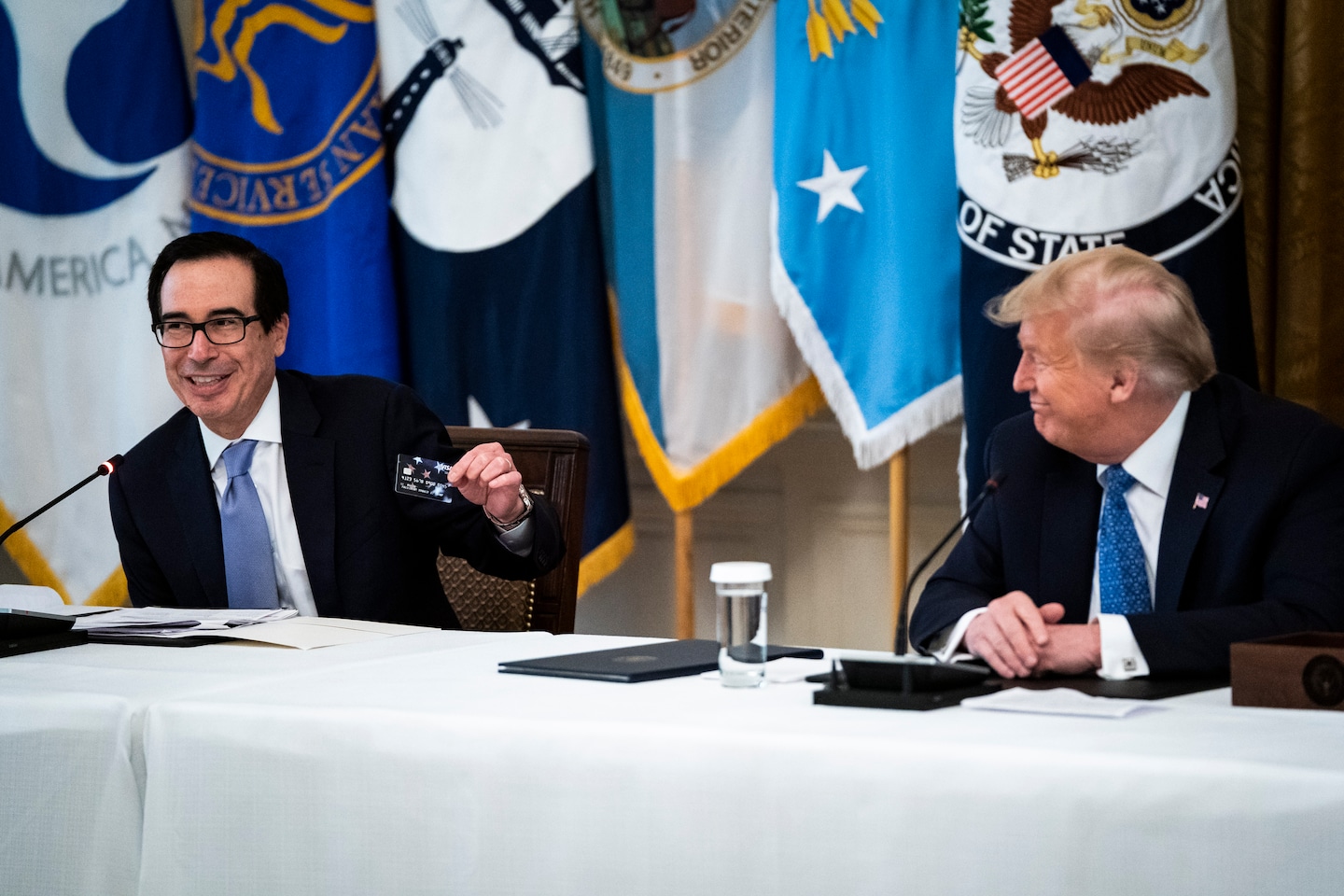Trump, Congress pursue second round of $1,200 stimulus checks in effort to revive huge federal aid program

The first round of checks pumped $290 billion into the economy at a time when many Americans were facing layoffs and businesses suffered, but the efficacy of those payments has so far been hard to precisely track. There are some clues, however.
Some academic research suggests that the $1,200 checks were a blunt mechanism with decidedly mixed results, and one not as effective as it could have been in propping up the economy. That could foretell the impact of another round if the White House and lawmakers push ahead as they try to shore up struggling Americans in the midst of a severe economic downturn.
American households said they spent 40 percent of their checks on average, with 30 percent going into savings and another 30 percent going toward debt payments.
The $1,200 payments were sent to Americans who earned less than $75,000 in 2019. Reduced checks went out to Americans earning up to $99,000. Additional payments were sent based on the number of children living in a household.
Lower-income households and those with “liquidity constraints” — having little cash in the bank — were more likely to spend their checks, as were people living in larger households, men, Hispanics, and people with lower education levels, the researchers found. Much of the spending went toward food and personal care and other consumer products, as opposed to medical care or large durable goods such as furniture or cars.
The NBER study was based on surveys of people participating in the Nielsen Homescan panel, who track their purchases on a daily basis. That means it is not a random sample of the American public, though the researchers said the panel is “representative.”
Another working paper, published last month by the Becker Friedman Institute for Economics at the University of Chicago, used data from the financial nonprofit SaverLife. The people they studied were largely lower- and middle-income, with a median annual after-tax income of $25,000. The research found wide variation in how people reacted to having the extra money. Those with less than $100 in their bank accounts spent over 40 percent of their checks within the first month, while people with more than $4,000 in their accounts spent a statistically insignificant 11 percent.
The data shows that targeting payments to households with low cash levels or lower income would result in more spending, said Constantine Yannelis, a co-author of the University of Chicago paper.
“If you do want to do additional stimulus checks, and you want to get as much out of it as possible, you might want to have it a bit more targeted rather than as it currently was,” said Michael Weber, a co-author of the NBER paper.
Weber said their research suggests a potential path to compromise between Republicans and Democrats, who disagree sharply over how large a new stimulus bill should be. Weber and his colleagues found that when people received larger checks, they ended up spending a smaller proportion of the money. So targeting smaller checks toward the lower-income and unemployed would capture a large chunk of the economic benefits while costing less.
“If the fiscal stimulus checks are more targeted, it means the size of the stimulus bill would be smaller,” he said.
The checks drew attention for more than just the money they represented. Trump tried to use the stimulus checks to boost his own standing with Americans, as Treasury Secretary Steven Mnuchin ensured that the checks included Trump’s name on them, an unprecedented decision. And in its rush to get the money out the door, the U.S. Treasury issued checks to more than 1 million dead people, a government watchdog found.
Alyssa Fowers contributed to this report.






